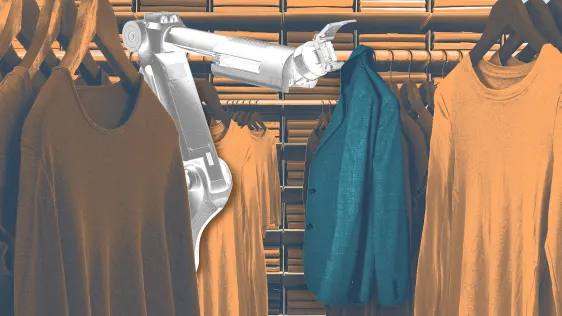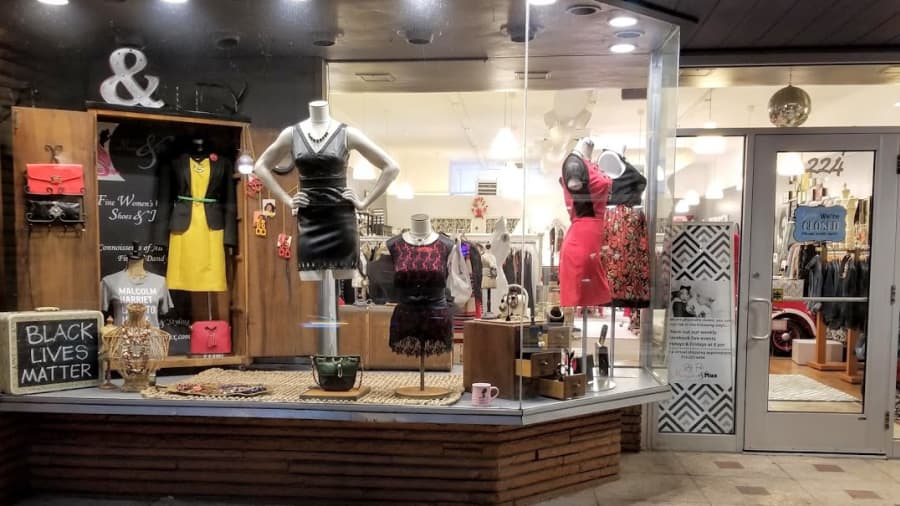
You will not be surprised to hear that 2020 has been a bad year for shopping malls. It is projected that 25,000 stores could close this year as a result of the pandemic. By the end of next year, it is likely that more than half of the department stores that anchor trade in malls in the U.S. will be gone. During a time when purchasing shoes in person risks inflicting an unwitting form of violence against yourself and others, the evacuation of capital from commercial buildings is underway.
It is tempting to mourn the death of malls with nostalgia. For those of us who grew up in the suburbs, malls were we where we came of age, where we first met Santa, went on dates, encountered wage labor and committed petty crimes. The website DeadMalls.com lovingly documents the ruins of former malls, with many visitors posting memories and photographs of places they had once shopped or worked. This nostalgia is particularly acute at a time when the sight of crowds of happy maskless strangers roaming through poorly ventilated concourses feels like it belongs to a lost golden age. The strange and troubled history of the U.S. shopping mall, however, is a reminder that even those who celebrate their passing should also be wary about what might replace them.
+INFO: Time






















